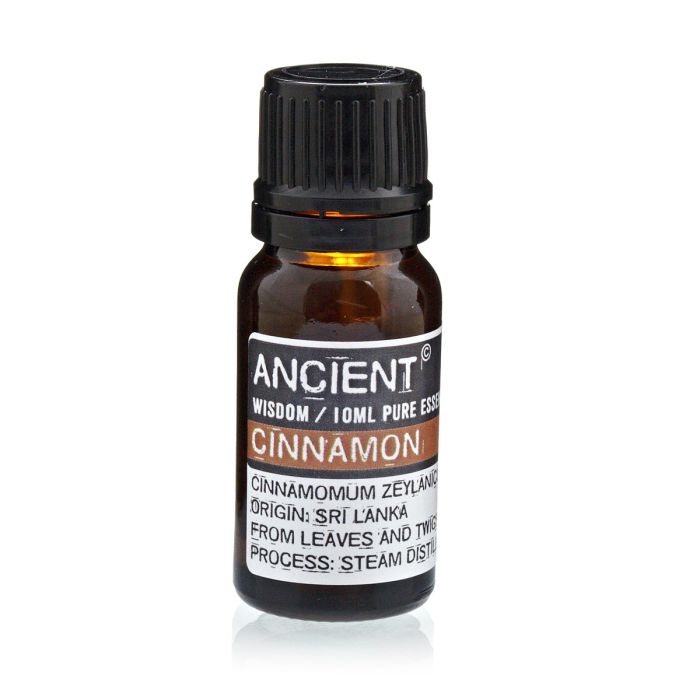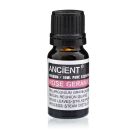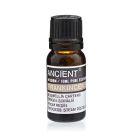We use cookies to make your experience better. To comply with the new e-Privacy directive, we need to ask for your consent to set the cookies. Learn more.
Steam‑distilled from the leaves and twigs of Cinnamomum zeylanicum (Ceylon cinnamon), this essential oil carries a warm, spicy aroma that is both comforting and invigorating. Traditionally valued for its uplifting qualities, it is often used in aromatherapy to create a cosy atmosphere, support relaxation, and add depth to natural fragrance blends.
Latin Name: Cinnamomum zeylanicum
Part of Plant Used: Leaves & Twigs
Source: Sri Lanka
Extraction Method: Steam Distillation
Cinnamon Essential Oil is extracted from the leaves and twigs of the Ceylon cinnamon tree, also known as true cinnamon. Two types of oil can be obtained from this tree: the gentler leaf oil, which is light yellow to brown and commonly used in aromatherapy, and the stronger bark oil, which is darker and more intense.
With its rich, spicy fragrance, Cinnamon Essential Oil is often chosen to create a warm and inviting atmosphere. In aromatherapy, it is valued for its comforting and uplifting qualities, making it a popular addition to seasonal blends, massage oils, and natural perfumes. Its distinctive scent pairs beautifully with citrus, clove, or vanilla for a cosy, grounding effect.
Uses
– Diffuse to create a warm, comforting environment.
– Blend with a carrier oil for a soothing massage.
– Add to natural perfumes or DIY home blends for a spicy note.
– Incorporate into seasonal rituals for a sense of comfort and cheer.
Directions for Use
Diffusion: Use one to two drops in the diffuser of your choice.
Topical: Dilute well with a carrier oil before applying to the skin. The bark oil is especially strong and should only be used in highly diluted form.
Cautions
For external use only. Possible skin sensitivity. Avoid use during pregnancy. Keep out of reach of children. Do not ingest. Avoid contact with eyes, inner ears, and sensitive areas.
The cinnamon tree is native to Sri Lanka and the Indian subcontinent, and has been prized for centuries as both a spice and a trade commodity. Once shrouded in mystery, cinnamon was the subject of legends in the ancient world, including tales of mythical birds gathering the bark for their nests. Today, it remains one of the most beloved spices and essential oils, celebrated for its warmth, richness, and timeless appeal.





